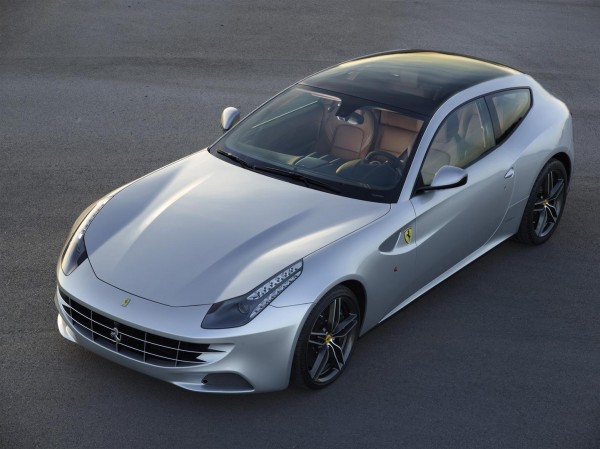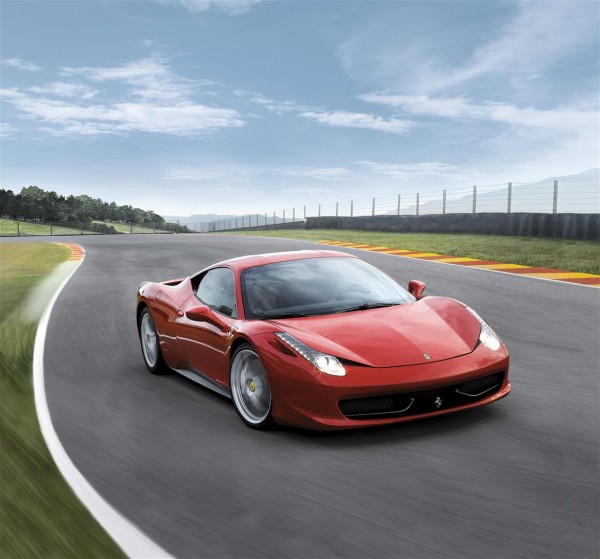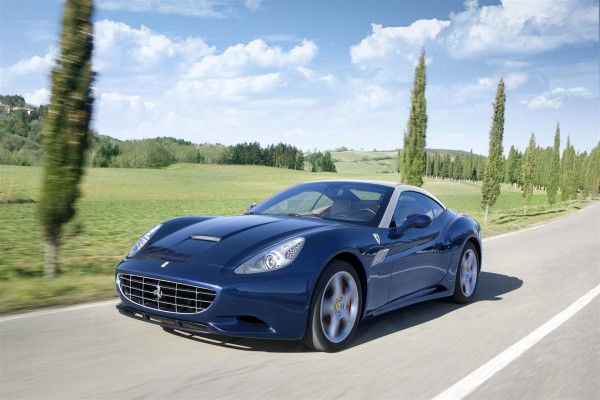Ferrari’s presentation of their Prancing Horse V8 to V12 line-up is an impressive showcase that features their latest high performance F12 Berlinetta that’ll dish out some 740bhp worth of V12 ‘eat my dust’ performance upon demand and graciously shares it’s lime light with the FF, 458 Coupe and Spider, as well as the California 30 to mention a few.
The FF is currently Ferrari’s revolutionary 4-seater, 4-wheel-drive (4WD) that’s gotten itself a full-length panoramic roof in a special reflective glass (LOWE) that’ll provide that feel of an open-air drive, yet still protected from the elements and more importantly still powered by V12.
Next up is Ferrari’s 458 Italia and Spider variants that have that brawler of a V8 engine in the rear which won the Best Performance Engine of the Year Award twice in a row.
The Ferrari California 30 gets the number because it refers to the amount of weight it’s lost and the amount of power its gained.
The purpose of their showcase is simple – to provide a line-up of “different Farrirs for different Ferraristi” that have been created to fulfil different roles without loosing that Ferrari DNA they hold so strongly to, in terms of performance, driving pleasure, technological advancements and that combination of modern styling with traditional cues of the marque.
Although performance is usually associated with poor fuel economy, Ferrari has provided a line-up that got about 100bhp increase through their model line-up, but also a 30% reduction in terms of fuel consumption and emissions over the last four years thanks to not just engine improvements, but also on aerodynamics, tyres and vehicle sub-systems.
Ferrari has also announced their endeavours which are underway to bring about their first hybrid model in limited numbers by early next year; as indicated in Luca Cordero di Montezemolo presentation, and will utilise a new composite F1-derived chassis instead of the usual Resin Transfer Moulding (RTM) that’s normally adopted in the automotive sector since it did not seem to meet Ferrari’s quality and specific requirements.
The chassis in mention uses four different types of carbon-fibre and is hand laminated then cured in autoclaves, following an engineering process that optimizes the design through the integration of the different components. And the chassis will predominantly make thorough use of T800 carbon as well as strategic applications of T800UD carbon for a unidirectional carbon-fibre tape that helps in reinforcement.
However, another type of carbon-fibre will also be used to help keep weight down to an absolute minimum for the structural under-body and cross-member and the type of carbon-fibre in mention is known as M46J and will be combined with Kevlar for further protection from debris kicked up from the road.
As for the other critical areas such as the doors, the use of T1000 will be utilised for its efficiency in impact absorption (the same material used in the nose cone of all F1 cars).
Once the chassis has been completed, Ferrari says that the chassis will be roughly 20% lighter than the Enzo’s, even though it will carry additional weight from the hybrid components, and torsional rigidity as well as beam stiffness has been markedly increased by 27% and 22% respectively.

















